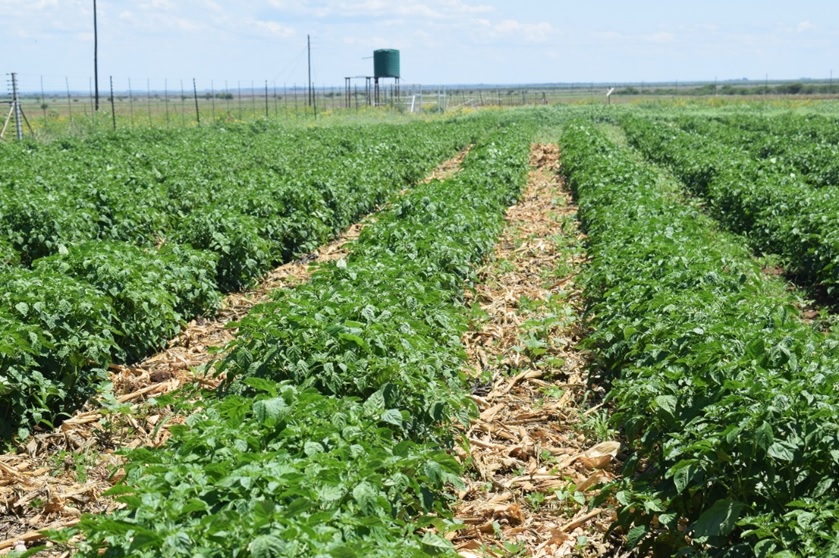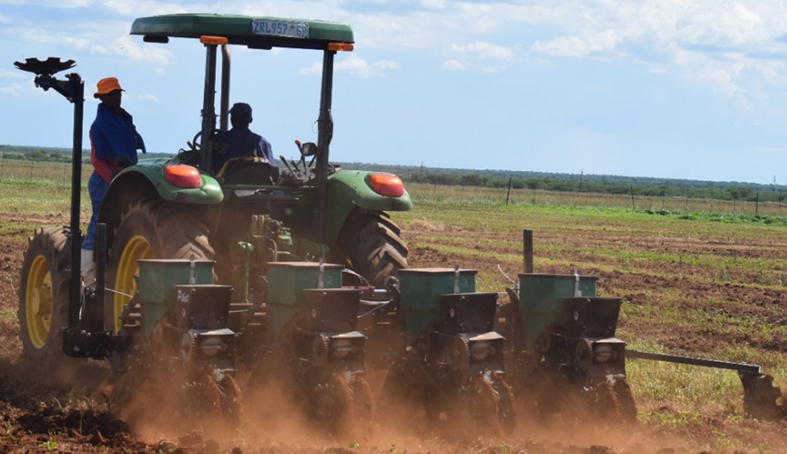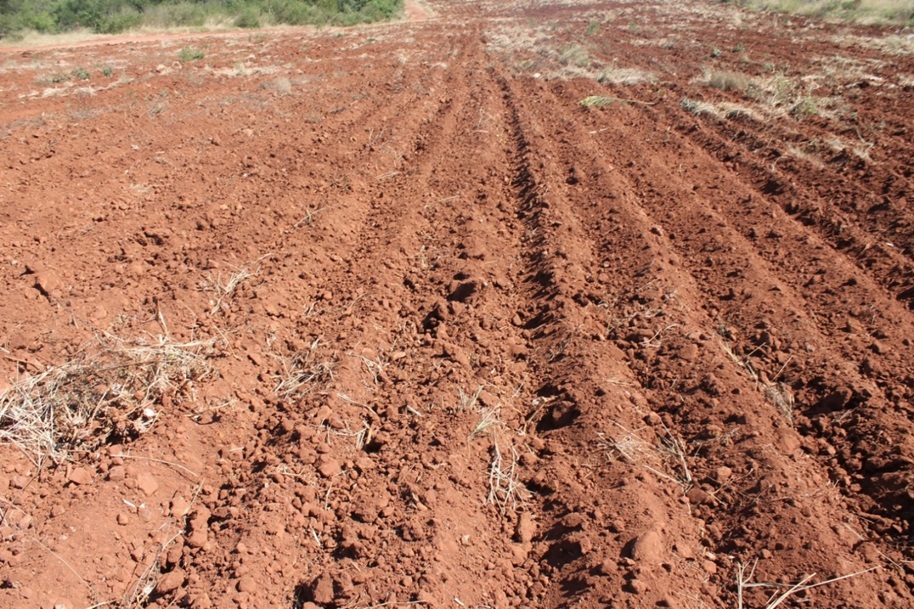By Matsobane Manaka

A change in weather patterns, coupled by the soaring prices of production inputs and labour costs which threaten food security, have slowly seen many farming communities switch from their old ways of farming into the new ways to adapt to climate smart agriculture.
Limpopo Department of Agriculture and Rural Development (LDARD) through Sustainable Resource Management has been on roadshows for years persuading farmers to adopt a Conservation Agriculture model. Many are already in practice such as Ratshilumela Makhale from Tshivhilwi area, Isac Bernard from Makhado, Dimani Cooperative in Vhembe, Alfred Malakedi Leeukraal Cooperative in Sekhukhune District, Japie Makhubela project in Mopani District and Rosina Madisha of Kanyane Masedi in Waterberg District.
CA is an initiative from Land Care Programme which is used as a tool to assist all farming communities about the new farming approach that manages natural resources properly and efficiently, such as maintaining the production potential of the land, combating and preventing erosion, preventing the weakening or destruction of water resource, protecting vegetation and combating weeds and invader plants.

“This type of farming guarantees sustainable, profitable agriculture and improved livelihoods as compared to conventional agriculture, which is not only expensive and require physical ability, but associated with mismanagement of natural resources including non-caring of land where soil is severely disturbed”, said Makhale.
Members of the Southern African Confederation of Agricultural Unions (SACAU) were in South Africa lately for exchange-study tour undertaken at some mentioned projects to understand more about climate smart agriculture or climate resilient technologies including the equipment, demonstration, and innovation. SACAU’s secretariat, Tinashe Chavhunduka said they are implementing a project that was started in 2021, which will run through 2024.

CA principles covers minimum tillage / no soil disturbance, permanent organic soil cover through mulching and multiple cropping and crop rotation. Rosina Madisha of Kanyani Masedi farm said ever since practising CA, her production yields has increased in such that she intends to get into agro processing for grain to produce sunflower oil, samp from maize meal and producing vegetable juice.
CA has extra benefits in that some of the habitats living in the soil that are beneficial to the plant such as earthworms, lizards, snakes and bacteria among others are not destroyed. These are building up yearly and the fertility of the soil including moisture is stored for a longer time.


